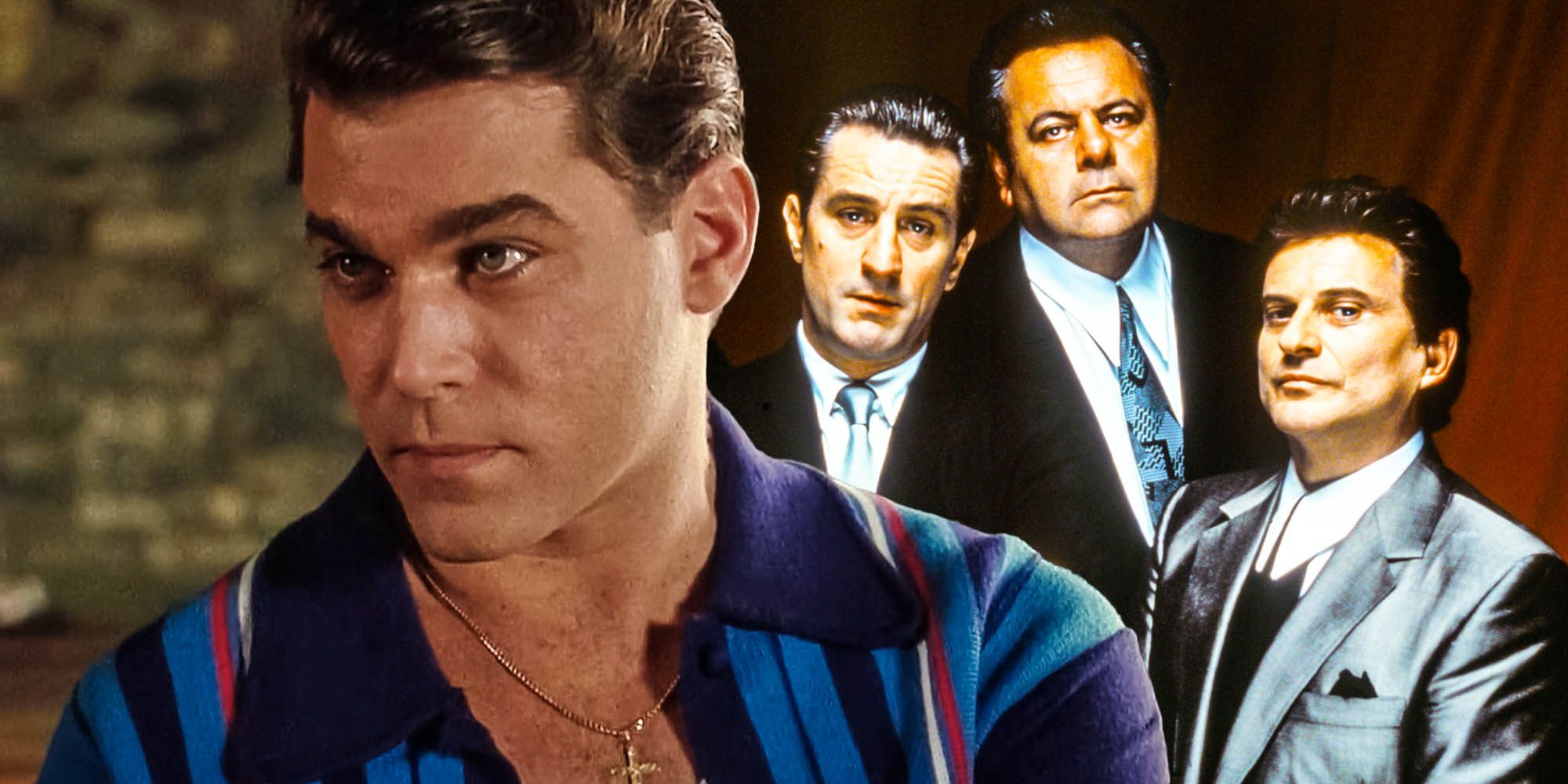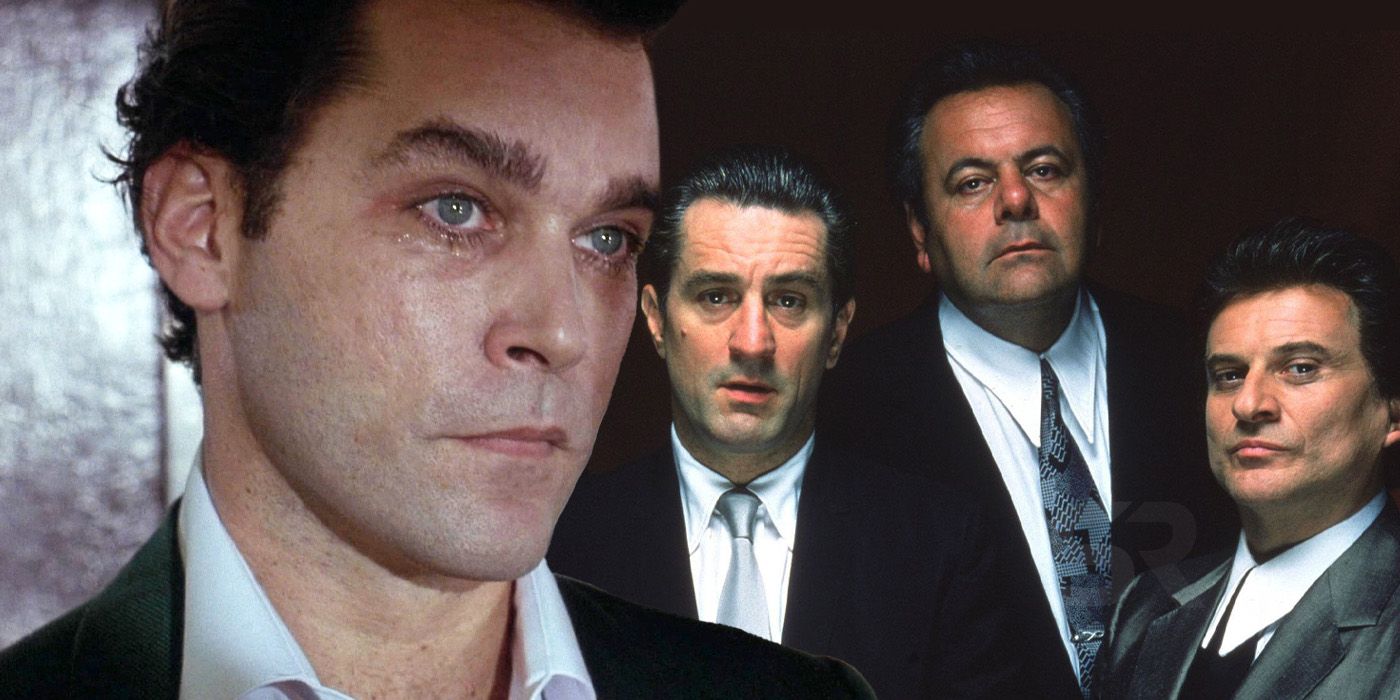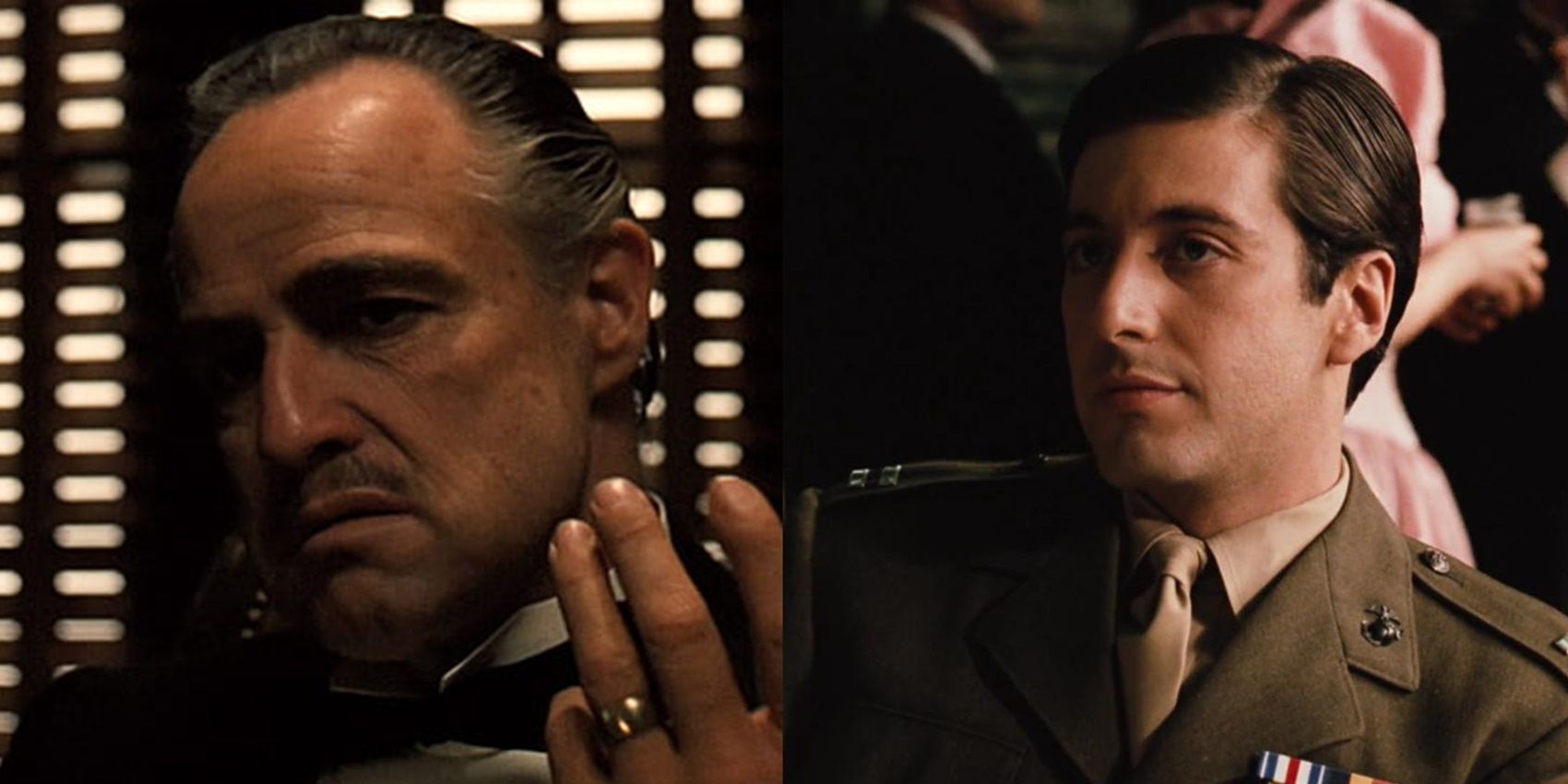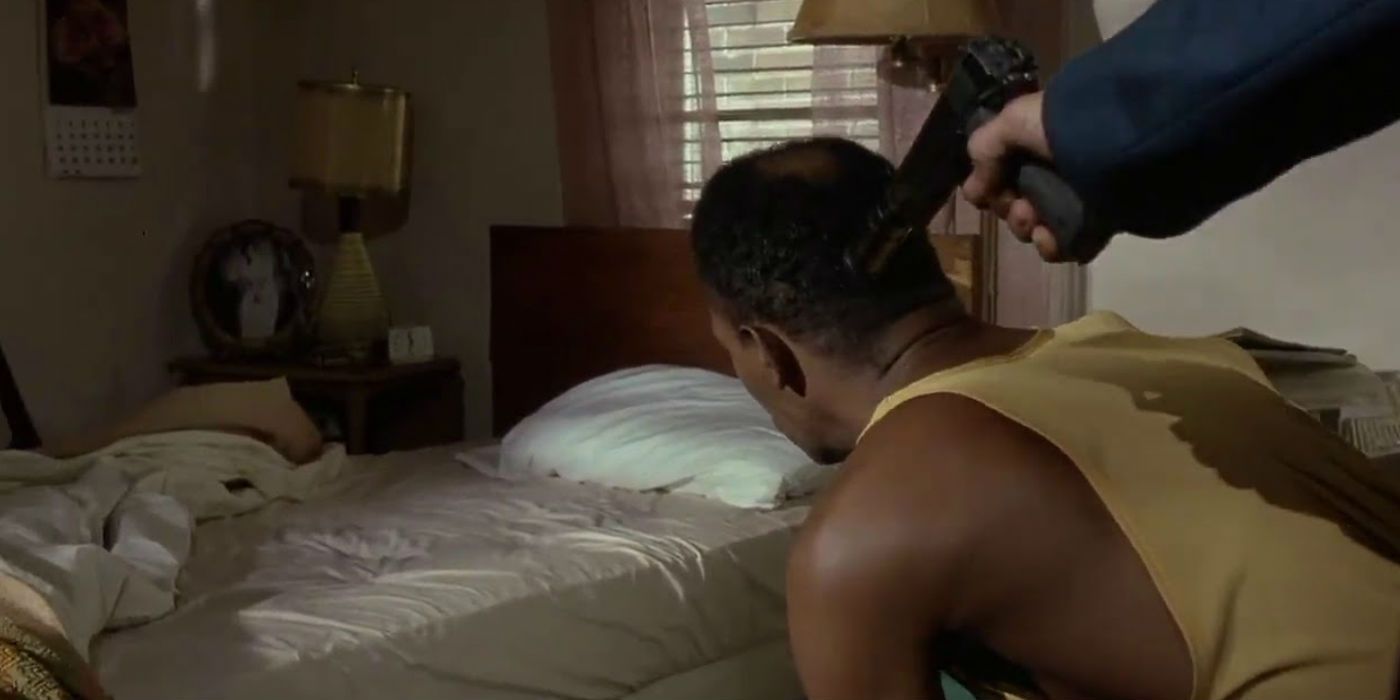Martin Scorsese's Goodfellas essentially re-invented the mob movie as a sub-genre and led to a resurgent interest in the internal lives of gangsters, but what marked the acclaimed movie as a different beast from earlier, equally beloved hits? For as long as there have been movies, there have been movies about mobsters. The crime genre dates back as far as 1906, and even real-life gangster John Dillinger was shot and killed while exiting a movie theatre showing the crime drama Manhattan Melodrama.
The criminal underworld is an inherently scary, seductive, and cinematic subject, meaning generations of filmmakers have returned to the subject from countless perspectives. In 1973, Marlon Brando won (and refused) an Oscar for his celebrated turn in The Godfather, a New Hollywood mafia movie from director Francis Ford Coppola. Grand, operatic, and tragic, The Godfather mythologized the mafia in a way no movie before it had managed to.
The success of The Godfather and its first sequel resulted in a slew of movies about organized crime, many of which attempted to ape Coppola’s immersive, atmospheric approach to the subject. However, efforts like Brian De Palma’s explosive, gruesome Scarface and Ralph Bakshi’s gritty, counter-cultural animated movies offered another view of the mob, depicting them as grubby, violent, amoral monsters. While both approaches to the sub-genre saw some significant critical success throughout the ‘70s and ‘80s, it was not until 1990’s Goodfellas that a filmmaker fused the gruesome reality of mob life with the intimate personal drama of Coppola’s iconic trilogy.
Why Goodfellas Is Such A Celebrated Movie
From its opening scene onwards, Goodfellas is a self-aware mafia movie. Although based on the real life of Henry Hill, Goodfellas uses Ray Liotta’s quippy, quick-moving narration to underline an important fact: that the movie is told from the point of view of a self-aware gangster. It adopts his blustering bravado to show what makes the antihero's life of crime so appealing, but outside of Hill’s insular myopia, Goodfellas also simultaneously depicts exactly what makes the mafia’s work so appalling to many. Later Scorsese efforts such as Casino dwelled on the brutality of mob life, with extended sequences of torture and murder. In contrast, Goodfellas shows only fleeting moments of bloody violence but, crucially, these quick snippets have as much visceral impact as anything from Scorsese’s horror Cape Fear. This leaves viewers unable to shake the reality that the mobsters depicted in the movie are authentically monstrous people capable of meting out horrific violence for the sake of profit.
How Goodfellas Is Different From The Godfather Trilogy
The Godfather trilogy, like fellow New Hollywood hit Bonnie & Clyde, was a necessary corrective after decades of Hollywood movies moralizing to their audiences. After the introduction of the Hays Code, Hollywood productions were forced to abide by comically didactic rules that made it difficult for directors to depict morally compromised antiheroes. Freed from these creative constraints, The Godfather had room to humanize Brando’s flawed but fundamentally decent gangster, and The Godfather Part II even managed to make Robert DeNiro’s transformation into a mob boss a compelling, moving story rather than a finger-wagging sermon about avoiding crime and bad behavior. However, by the ‘90s, the cinematic landscape had shifted dramatically. With no limitation on the violence and depravity that directors and writers were able to depict onscreen, it had gradually become more commonplace to depict the mob as misunderstood heroes and paper over (or even flat out) elide the brutal reality of their work.
While Scorsese was never interested in hammering home the self-evident point that gangsters are morally flawed people, Goodfellas was one of the first movies in the sub-genre to introduce viewers to a charming mafia clan who treat their members like family, live lavishly, and are endlessly loyal to one another—while also explicitly threatening, torturing, and murdering anyone who stands in their way. Much like its spiritual sequel, The Sopranos later depicted mobsters as flawed figures capable of both degeneracy and decency, The Godfather trilogy was innovative at the time for forcing viewers to see even criminals as complex, rounded characters. Goodfellas, in contrast, was equally innovative for reminding audiences that, although gangsters saw their actions as justifiable, there were brutalized wives, terrified townspeople, and dead bodies left in the wake of their self-mythologizing, all of whom deserved to have their stories told.
How Goodfellas Changed The Mob Movie Genre
Goodfellas arrived in theatres at a time when the mob movie was in transition. In the early '90s, with the help of Scorsese’s hit, the sub-genre moved from glamorizing gangsters with melodramatic outings like Once Upon A Time In America and The Untouchables to depicting their harsher, bloodier side in the likes of Carlito’s Way, The King of New York, and Donnie Brasco. Scorsese himself continued, with The Departed, the Goodfellas-style epic The Irishman, and Casino, to offer more nuanced looks into the minds and souls of people for whom violence was a fact of life. Outside of the director’s output, though, the mobster movie also changed its perspective on its subjects thanks to the influence of Goodfellas. Shows such as The Sopranos, The Shield, The Corner, The Wire, Love/Hate, and Boardwalk Empire began depicting gangsters not as misunderstood heroes or unambiguous monsters, but layered, complex characters with believable motivations.
Mobsters who had a decent side to them were contrasted with cops who had a shady, amoral side, and the dividing line between heroism and villainy was rendered murkier with each new look into the criminal underworld. Scorsese’s movie forced viewers to reckon with the grisly human cost of organized crime, but also to question how the phenomenon came to be—and how, at the end of Goodfellas and many real-life tales of crime, the system ended up letting the perpetrators off scot-free. Where The Godfather flipped the script of conventional Hollywood morality, making the gangsters the good guys and the cops the villains, Goodfellas forced viewers to confront the flaws embedded in a system that allowed crime dynasties and corrupt cops to exist in the first place. Goodfellas made the world of the mob movie a more morally complicated place wherein viewers could empathize with Henry Hill, see how the world drove him to where he ended up, and still acknowledge the evil he was capable of—an achievement that paved the way for Stringer Bell, Tony Soprano, and Walter White.




